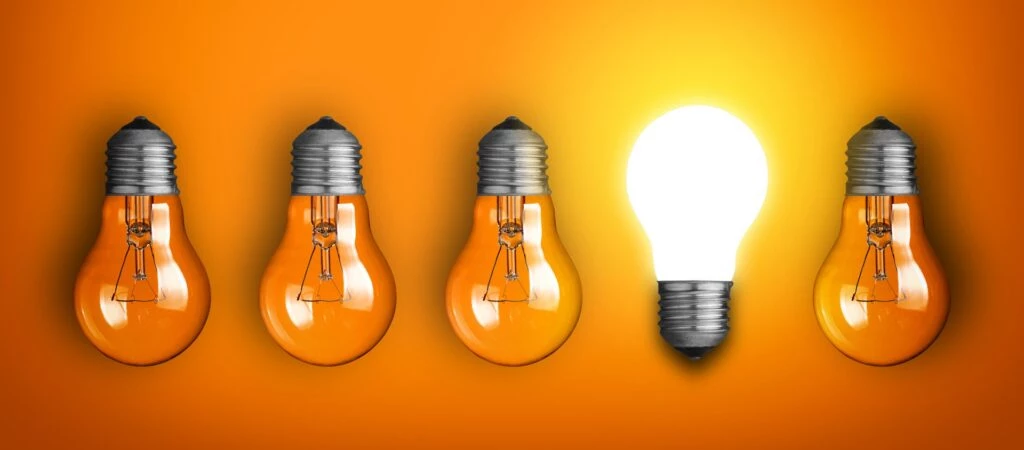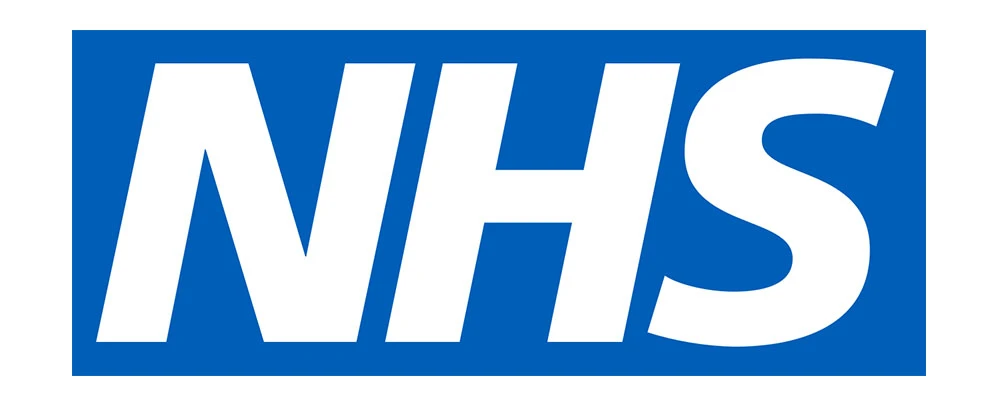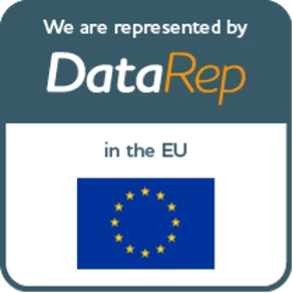About this article
Brandspeak puts System 1 and System 2 thinking at the heart of its market research approach, in order to ensure that we identify both the conscious and the sub-conscious thoughts, feelings and motivations that direct consumer behaviour and decision-making.
In this 6-minute article we tell you all you need to know about System 1 and System 2 thinking, and why it is so important for brand owners to understand.
Daniel Kahneman
In 2011, Daniel Kahneman published Thinking, Fast and Slow, the book which has since been responsible for challenging the thinking of leading marketers worldwide and influencing billions of £s of marketing and corporate expenditure.
The extraordinary fact is that this isn’t even primarily a marketing book – it’s a psychology book – described by many as the most important psychology book for a generation.
Its perceived importance is underlined by a review of Kahneman’s book which appeared in Studies In Intelligence (described by Wikipedia as a quarterly, peer-reviewed academic journal on intelligence that is published by the Center for the Study of Intelligence, a group within the United States Central Intelligence Agency), in which Frank Babetski describes it as a “must read” for field operatives whose job it is to understand and out-think their opponents.
Kahneman’s book draws on work he conducted over a 40-year period. It debunks the historical view of social scientists and economists that human beings are pre-disposed to sound decision-making based on the logical processing of critical information.
Instead, his book posits the view that, in reality, our ‘logical’ thought processes are actually subject to a variety of unconscious biases, which can lead to errors of judgement and flawed decision-making.
At the centre of Kahneman’s thinking is dual process theory which asserts that thought can arise in two different ways, or as a result of two different processes which may – or may not – arrive at the same outcome.
In his book, Kahneman refers to those two processes as System 1 (Fast Thinking) and System 2 (Slow Thinking).
System 1 thinking
System 1 is ‘always on’. It works rapidly and unconsciously, with minimal effort and without any sense of voluntary control, assessing our immediate environment and the world around us.
As Kahneman says, whilst System 2 believes itself to be where the action is, it is System 1 that is the hero, responsible for generating the intuitive feelings, impressions, associations and impulses that form the basis of literally millions of unconscious judgements and decisions that we make each day.
For example, it is our System 1 brain that enables us to:
- put on our socks without conscious thought
- walk to our regular bus stop without having to use a map to find it
- ‘know’ that 2 + 2 = 4 without having to think about it.
In a world of increasing complexity and noise, System 1 thinking saves us from becoming paralysed under the weight of our own mundane actions and decision-making!
In fact, neuroscience research suggests that this System 1 thinking actually accounts for up to 95% of our daily, cognitive activity.
Evaluating System 1 using qualitative research
When Brandspeak conducts qualitative research with B2C or B2B customers, we use a variety of different techniques to understand the extent to which individual purchase decisions are being driven by System 1 (unconscious) thinking.
If the product or service in question is relatively inexpensive and used regularly (think orange juice, washing powder or batteries), the chances are that most or all of the decision is going to be driven by System 1. Also, that the System 1 criteria are going to be largely visual, relating to the shape of the packaging, the colours, the logo and the print.
But which of those criteria are more important and which are less so? At this point, research techniques like eye-tracking can help isolate the visual criteria that the sub-conscious mind prioritises with regards to the category in question.
If one thinks of they Lidl and Aldi market their copycat products, it is possible to see System 1 thinking in action. The use of System 1 cues (similar packaging and design – and even brand names), actually helps the mind to overcome the fact that these products are not the same as the originals.
WYSIATI
Where more complex criteria are in play, Kahneman states that whilst System 1 is still fairly reliable, its ability to process information and make decisions is actually flawed, due to its desire to create an instant narrative for every situation.
In its rush, System 1 is actually liable to jump to conclusions, or base that narrative on flimsy or spurious information.
As Kahneman says:
The measure of success for System 1 is the coherence of the story it manages to create. The amount and quality of the data on which the story is based are largely irrelevant. When information is scarce, which is a common occurrence, System 1 operates as a machine for jumping to conclusions.
Fuelling System 1’s flaws is what Kahneman calls WYSIATI, or ‘what you see is all there is’. WYSIATI reflects our natural inclination to create a narrative based solely on the information that is known to us and to ignore all that is unknown.
So long as it is can contribute to a coherent and plausible story, it’ll do!
Heuristics
To help construct its narrative, System 1 may also employ heuristics – processing and decision-making shortcuts that save time by using intuitive algorithms to generate approximate answers that are ‘good enough’.
Examples of heuristics include:
- Affect Heuristic – if a decision feels good, we will assume it must be the right one
- Availability Heuristic – things we are able to remember are more relevant and important – and more likely to happen again
Cognitive bias
Heuristics are great when they result in a correct judgement (which they often do), but when they fail they can lead to cognitive bias – the tendency for individuals to interpret information or perceive ‘truth’ based on their own experiences and preferences.
Examples include:
- Belief Bias – our System 1 brain is biased according to how believable we personally find a conclusion
- Confirmation Bias – System 1 is liable to interpret information in a way that confirms our preconceptions
System 2 Thinking
Despite the obvious potential for misjudgement, System 1 is still actually right most of the time!
On these occasions, System 2 either has no role to play – or its role could be restricted to ratifying and reinforcing System 1’s analysis, thereby turning (for example) intuitive impressions in to beliefs and impulses in to voluntary actions.
However, as the moral arbiter and the voice of reason, System 2 also has the ability to overrule System 1. It may also be called in to action should System 1 become stuck on a matter it cannot resolve.
When System 2 is called upon, it processes information consciously, logically and methodically.
Its role is not just restricted to the evaluation of complex or technical matters, it also performs trivial tasks that nonetheless require a level of conscious thought.
For example;
- Giving someone an address
- Looking for a face in the crowd
- Giving directions to a specific location
- Being careful not to drink too much at a party
One of System 2’s main challenges is that it actually has limited processing capability and consumes a significant amount of energy (hence it tends to idle in the background until called upon).
System 2 thinking is also easily disrupted if the brain becomes distracted, tired or overloaded. When it’s guard is down as a result, System 1 has free rein and this can lead to further errors of judgement and flawed decision-making.
But System 2 doesn’t even need to be under stress for this to happen. Because of its limitations, the System 2 brain is inherently lazy and so will not automatically engage – even when logic is obviously called for – if System 1 thinks it has the situation under control.
Consider this apparently simple maths problem:
If it takes 5 carpenters 5 hours to make 5 wooden boxes, how long will it take 100 carpenters to make 100 boxes.
This is clearly a puzzle requiring a logical, System 2 approach, yet its apparent simplicity can dupe the System 1 brain to field the intuitive answer (100 hours) before System 2 has even been alerted to the need to become involved.
The mistake has been made and the correct answer (5 hours) is missed.
Had the puzzle appeared more complicated at the outset, the likelihood of System 2 becoming involved would have been much greater.
As Kahneman observes:
When System 1 runs into difficulty, it calls on System 2 to support more detailed and specific processing that may solve the problem of the moment. System 2 is mobilized when a question arises for which System 1 does not offer an answer… System 2 is activated when an event is detected that violates the model of the world that System 1 maintains.
Evaluating System 2 using market research
It is tempting to think that identifying the purchase criteria in relation to bigger ticket items (think car, holiday or house purchase) its going to be a straightforward matter. After all, one simply has to access the consumer’s conscious, System 2 mind.
But consider how often you have surprised yourself by not opting for the logical System 2 choice – the one that ticks all of those rational boxes.
Its because something else has emerged during the evaluation process; possibly a product feature or benefit that you were previously unaware of but which now trumps those on your mental, System 2 list.
Or more likely, System 1 has entered the fray, maybe prompted by a memory or association from the past, introducing a powerful, emotional dimension to the decision-making process.
The point is, from a marketer’s or market researcher’s point of view, any temptation to promote the rational at the exclusion of the emotional is likely to be met with rejection.
The challenge for brands
There is a lot to interest marketers in Kahneman’s hypothesis about System 1 and System 2 thinking. Here are just a couple of the key take-outs:
1. Brand decision-making starts with System 1
It is the System 1 brain that is responsible for unconscious brand recall and for making intuitive brand choices.
Most B2C brands are perfect for System 1 selection, because they tend to be lower value, everyday items that don’t warrant System 2 involvement.
Also, with System 1 primed for instant decision making wherever possible, it means that the brand that succeeds in being brought to mind first may well end up becoming the ‘no-brainer’ choice.
The above suggests the importance of brand marketing that focuses on creating a degree of emotional brand resonance that is capable of lodging in the unconscious ahead of the competition.
Typically though, the more expensive the brand, the more difficult this becomes, as System 2 is more likely to want a say. However, it is by no means impossible.
Consider brands like Apple and Harley Davidson. Both have been extraordinarily successful in creating a level of emotional resonance that inspires cult-like devotion. To their devotees they are not just the ‘first-to-mind’ options, they are the only options and despite their inflated prices, System 2 often doesn’t even get a look in!
On the other hand, many B2B organisations continue to believe that brand is irrelevant and instead market their products in a purely factual way that appeals to the rational, System 2 brain only.
2. Don’t put all your brand eggs in one basket
On the other hand, a brand that resonates with System 1 only is likely to be at a significant disadvantage if the System 1 brain fails to make a decision and passes responsibility over to System 2.
At this point, the selection process and criteria change totally and brands that are unable to withstand critical scrutiny or provide evidence of compelling features and benefits are going to be disadvantaged.
This means that whilst B2C brands in particular should focus on resonating with System 1 in the first instance, they cannot afford to do so to the extent that they ignore the possibility of System 2 intervention at some point in the decision-making process.
At this point it’s not just the proposition, positioning, features and benefits that come in to play, it’s the POS, the packaging, the on-pack information, and the customer experience all take on a new level of significance.
3. The specific challenge for Me -Too brands
The previous point highlights the specific nature of the challenge for B2C, Me-Too brands.
The very last thing a Me-Too brand needs is the intervention of the System 2 brain, because it is likely to be found wanting under critical scrutiny.
Its most obvious course of action, therefore, is to focus its marketing budget on creating a level of emotional resonance that enables it to become the intuitive, ‘no-brainer’ choice for the System 1 brain.
Measuring a brand’s System 1 and System 2 attributes
Of course, to be of any practical use in the world of marketing, Kahneman’s view of System 1 versus System 2 needs to be measurable, although few research companies have actually developed research tools and methods to do so.
Actually, it’s relatively simple to determine how a brand stands up to System 2 scrutiny, by assessing the strength of its claimed features and benefits, compared to those of the competition, and to the priorities of the would-be purchaser.
The brand’s key marcoms also need to be measured, to determine the extent to which they convey the appropriate System 2 information.
Measuring a brand’s ability to resonate at System 1 level is slightly more complicated.
Brandspeak uses 3 key measures to determine System 1 strength – always relative to the competition:
Spontaneous awareness: the measurement of unprompted brand awareness versus competitors – and the speed with which the brand in question is brought to mind
Emotions aroused: the measurement of the brand and its competitors against a basket of different positive, neutral and negative emotions, to determine the strength and differentiation of its emotional profile
Visual recognition and association: the assessment of the extent to which the brand can be recognised in various physical guises including the logo, the strap, the packaging, advertising – as well as the thoughts and associations corresponding to each one
Finally
For marketers and market researchers, Kahneman’s book is undoubtedly hugely important.
Most important of all, perhaps, is the view that neither System 1 nor System 2 exists in a vacuum – and we focus our brand’s attention on just one or the other at our commercial peril.
Contact
For more information about how Brandspeak can use market research to understand how System 1 versus System 2 thinking works in relation to your own brand, call us on +44 (0)203 858 0052 or email us at enquiries@brandspeak.co.uk














